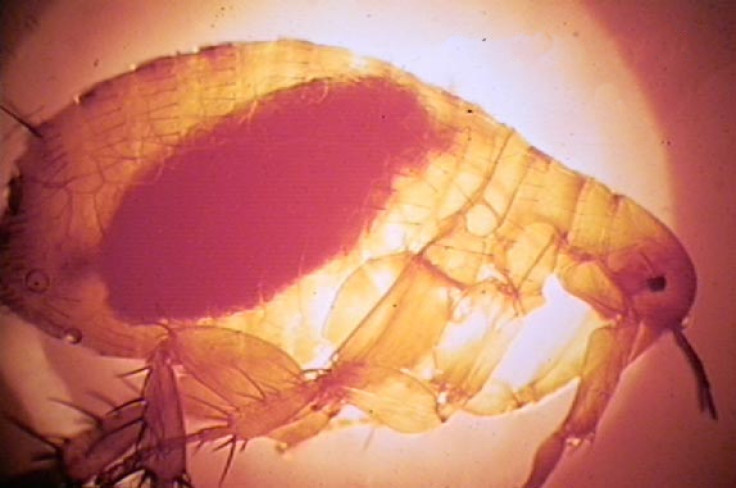China sounds alert as bubonic plague infection reported in Inner Mongolia
Inner Mongolia under alert level 3 after confirmed reports of Bubonic Plague infection .
The city of Bayan Nur in Inner Mongolia has been placed under alert level 3 after a hospital in the area reported a single case of bubonic plague last Saturday. Level 3 is the second lowest in the four-level warning system. Plague prevention restrictions are now being implemented and will remain in force until the end of the current year.
Local health authorities beefed up precautionary restrictions within 24 hours upon receiving the report of a herdsman diagnosed with the infection. There are still no clues as to how and why the patient contracted the disease. but according to the New York Times, an official statement from the Bayan Nur health commission says the patient is in stable condition.
Yersinia pestis is the bacteria that causes the plague. It is found in species of rodents such as rats, squirrels and marmots. Fleas thriving in these rodents also carry the bacteria that can infect humans through flea bites.
The Bayan Nur health committee issued the warning while emphasising the risks of human transmission. The committee warns people against the hunting, transporting and eating of animals considered to be carriers of the disease. Residents have also been asked to report dead or diseased squirrels and marmots, as a precautionary measure in controlling the spread among these animals. Inner Mongolia is a thriving habitat for marmots which are commonly found in rural areas and could potentially be the hosts for the bacteria.
In November 2019, Inner Mongolia also reported 2 cases of pneumonic plague, which is another strain of the plague originating from the same bacterium. The disease is transmitted through droplets from person to person . According to the World Health Organization, if left untreated, bubonic plague can be fatal in 30 up to 60 percent of infected cases.
In the United States , bubonic forms of the plague are not uncommon in rural areas. Reports from the Center for Disease Control and Prevention puts an average of seven cases a year mostly concentrated in the western states.
The bubonic plague caused the "Black Death" during the Middle Ages. Although it is highly contagious and often fatal, it can be treated with commonly available antibiotics.

© Copyright IBTimes 2024. All rights reserved.





